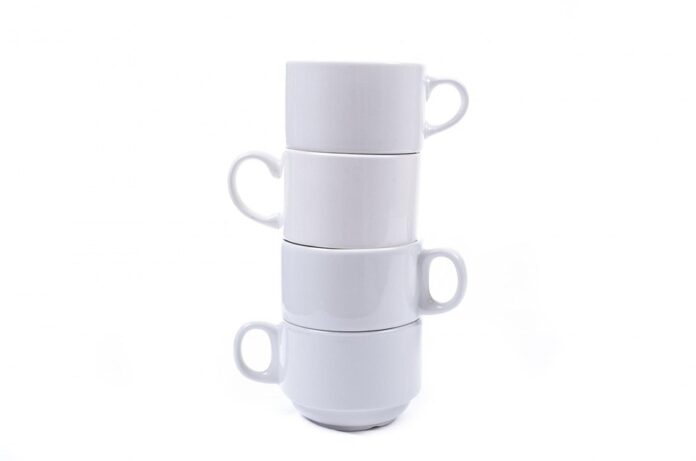Fermentation Chamber Insulation and Cooling Systems Explained
Fermentation chambers play a crucial role in the brewing and winemaking industries, providing the controlled environment necessary for the fermentation process to take place. Insulation and cooling systems are essential components of these chambers, ensuring that the temperature remains stable and optimal for the fermentation process. In this report, we will delve into the importance of insulation and cooling systems in fermentation chambers, their benefits, industry insights, and financial considerations.
The Importance of Insulation
Insulation is a critical component of fermentation chambers as it helps maintain a consistent temperature inside the chamber. Proper insulation prevents heat loss or gain from the external environment, ensuring that the fermentation process is not disrupted by fluctuations in temperature. Insulation materials commonly used in fermentation chambers include polyurethane foam, fiberglass, and polystyrene. These materials have high thermal resistance properties, effectively retaining the desired temperature within the chamber.
The Role of Cooling Systems
Cooling systems are another vital aspect of fermentation chambers, as they help regulate the temperature inside the chamber. There are various types of cooling systems used in fermentation chambers, including air-cooled systems, glycol systems, and direct expansion systems. These systems work by removing excess heat generated during the fermentation process, maintaining the temperature at the desired level for optimal fermentation.
Benefits of Proper Insulation and Cooling Systems
Proper insulation and cooling systems offer several benefits to fermentation chambers. Firstly, they ensure that the fermentation process is carried out efficiently and consistently, leading to high-quality end products. Additionally, these systems help reduce energy costs by minimizing heat loss or gain, improving the overall efficiency of the fermentation process. Moreover, proper insulation and cooling systems contribute to the longevity of fermentation chambers, reducing maintenance costs and ensuring the equipment’s durability.
Industry Insights
The market for fermentation chamber insulation and cooling systems is witnessing steady growth, driven by the increasing demand for high-quality fermented products in the brewing and winemaking industries. According to industry reports, the global fermentation equipment market is expected to reach $2.3 billion by 2026, with a compound annual growth rate of 4.5%. This growth can be attributed to the rising popularity of craft breweries, wineries, and distilleries worldwide, which require efficient fermentation chambers to produce premium products.
Financial Considerations
When investing in fermentation chamber insulation and cooling systems, businesses should consider the initial costs of purchasing and installing the equipment, as well as ongoing maintenance expenses. The cost of insulation materials and cooling systems can vary depending on the size of the fermentation chamber and the specific requirements of the fermentation process. However, the long-term benefits of investing in high-quality insulation and cooling systems outweigh the initial costs, as they contribute to improved product quality, energy efficiency, and equipment longevity.
In conclusion, fermentation chamber insulation and cooling systems are essential components of the brewing and winemaking industries, ensuring that the fermentation process is carried out efficiently and consistently. Proper insulation and cooling systems offer numerous benefits, including improved product quality, energy efficiency, and equipment durability. With the steady growth of the fermentation equipment market, businesses can capitalize on this opportunity by investing in high-quality insulation and cooling systems for their fermentation chambers.




